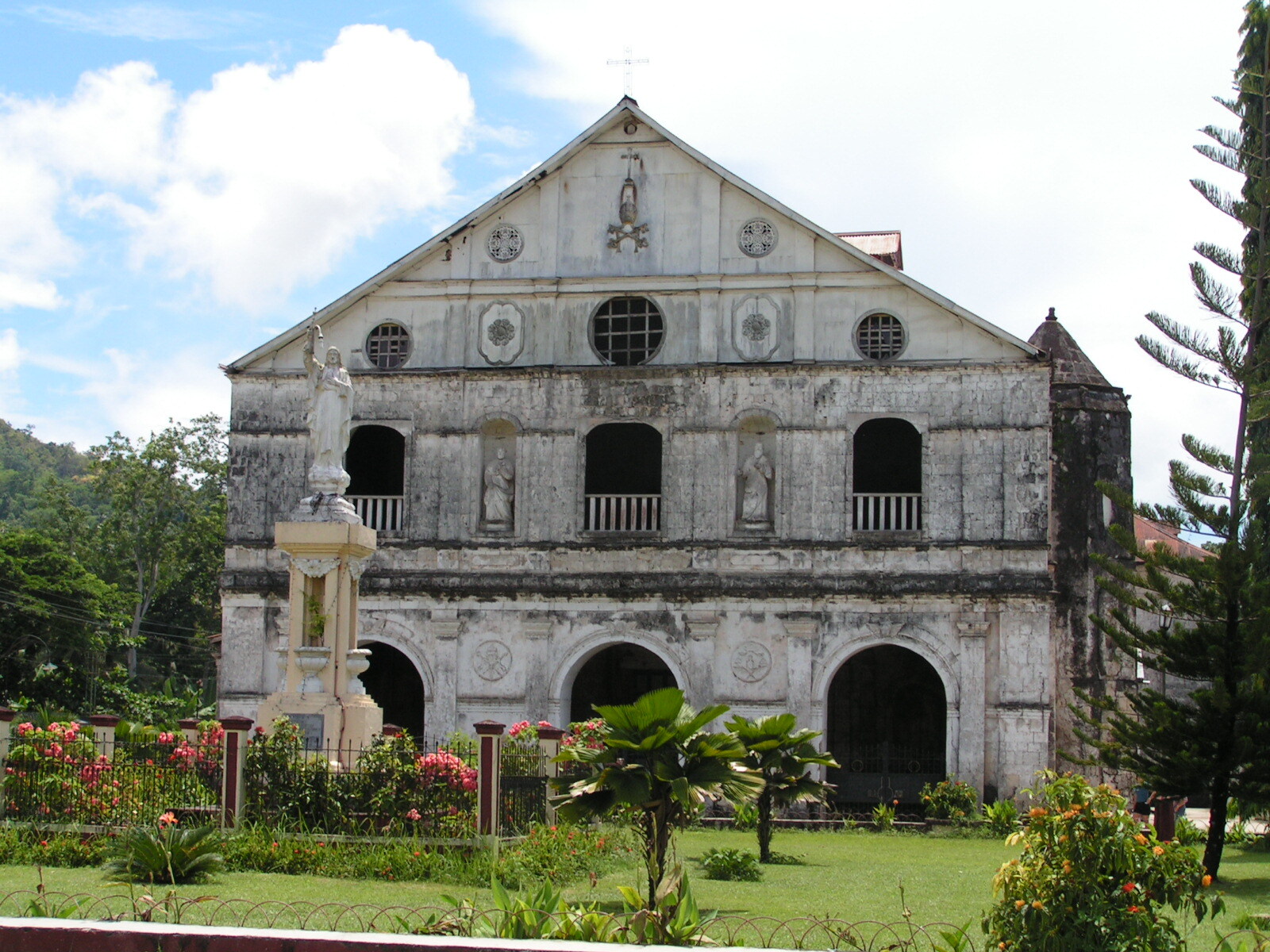St. Peter the Apostle Church, Loboc

The church of Loboc is one of the most beautiful in the entire province. Its history makes it the most
interesting. The first stone church was built in 1602. It was destroyed by fire in 1638 and rebuilt
beside the site of the older one. This is the Loboc Church presently standing, a fine example of the
Jesuit colonial architecture of the 18th century.
Upon the expulsion of the Jesuits in 1768, the Augustinian Recollects took over and they proceeded
to renovate the unfinished structure. They were responsible for the free-standing bell tower, the
arcade facade, the mortuary chapel, the heavy stone buttresses and the unique three-storey convento
built into the fabric of the Jesuit-built church of the 17th century.
Two saintly figures lived and were buried in Loboc church: Fr. Alonso Humanes, S.J. whose gravesite
became the object of pilgrimages after his death in 1633, and the remarkable native boy, Miguel
Ayatumo, a student of the Seminario Colegio, who died in the odor of sanctity at the age of sixteen
in 1609. Contemporary Jesuit records speak glowingly of this Aloysius Gonzaga of Bohol.
Loboc Church contains a lot of interesting treasures. Among these are the decorative stone carvings
and friezes on the exterior walls; a relief of St. Ignatius in polychrome stucco intriguingly hidden
behind the main altar, seven ancient retablos from both the Jesuit and Recollect periods; ceiling
murals done in the 1920s by the Cebuano artists Rey Farncia and Canuto Avila, one depicting the miracle
of Our Lady of Guadalupe, the town’s secondary patron, during the great flood of 1876; carved wooden
cornices and decorative corbels shaped as gargoyles or mythical animals; and the unique three-story
convent, perhaps the only one of its kind in the country.
